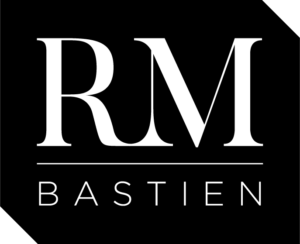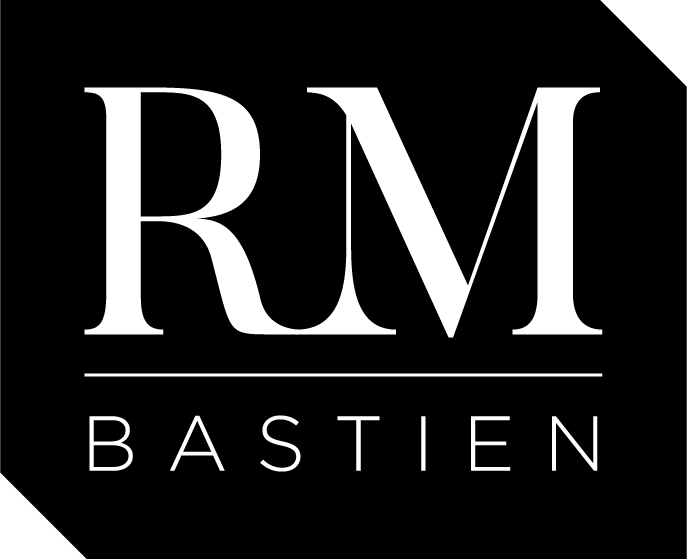The Citation
“The information revolution is sweeping through our economy. No company can escape its effects. Dramatic reductions in the cost of obtaining, processing, and transmitting information are changing the way we do business.”
How do you relate to the statements above? True? False? Haunting you day and night? Excited about endless opportunities? Need help? All of the above?
Here’s the interesting detail: it comes from a landmark article from Porter & Millar published in July 1985. Yes, nineteen-eighty-five. How old were you that year? That’s 35 years ago!
Don’t re-read the quote to try to find a flaw related to its age. There isn’t.
Change, the Only Certitude
There is wisdom to emerge out of realizing that disruptive technologies like big data, internet of things or artificial intelligence are just the last in a long series of tech-drivers that change the way business is done. That was true in 1985, and will be true in 2055. Change is the only certainty.
How is your organization prepared for that? More specifically, how well rigged are your digital teams —and the digital assets they created over the years— to sustain constant change for the next 35 years?
If there is one thing that will not change, it’s the certainty that whatever corporate IT does to support a given business shift, it will need to be changed again and again. Sooner than later, what they’ve created will require to be replaced or retired.
Keep that in mind for a moment as we side track to a personal experience.
Summer Festivals
In fall 2014, I was attending an annual symposium organized by the Montreal Chapter of the Project Management Institute. One of the speakers gave a candid presentation on how projects are managed in his business: logistics and physical installation of the infrastructure required for summer festivals. His job was to transform villages, parks, beaches, or city streets into giant entertainment complexes, with performance stages, parking areas, restaurants, kids amusement gear, etc. That’s pretty cool. His business domain appeared to the IT guy I am as both remote and refreshing. There is one portion of his talk that struck me.
It was about timing pressures. Not the very common pressures of having very little time allotted for complex endeavors. Nothing new there. Not the fact that the start dates of these festivals are cast in stone, publicized at least a year before, with no possible way to delay the delivery. That made the IT guy think about the hundreds of delayed deliveries that I witnessed in corporate IT projects and made me feel somewhat both privileged and ashamed. But that’s not what struck me.
Guns and Hoses
In order for these happy summer events to occur, streets are blocked. That’s a nightmare for police and fire departments. In case of an unhappy event such as a fire, they have to race onsite without hitting pedestrians on their way there. As such, these civil servants have notably stringent requirements of not only setting up the stages in very little time, but also to get the hell out of there ASAP and have the streets clear and clean before the Monday morning rush hour.
The speaker explained that many of the techniques, materials, or processes used for setting up the festivals were not just chosen to actually do the job: they were designed and done to favor quick dismantling. For having firefighters and cops breathing in your neck is a good incentive. They’re very serious about it —and they mean it.
That’s when I got struck.
Building Stone Monuments
I realized that the assets built by your digital teams are never built with dismantling in mind. The mindset is more something in the lines of building pyramids or century-defying monuments. Most systems I have dealt with were never designed to be removed. Neither were they made in order for their constituting parts to be easily replaced by new ones.
The first explanation that comes to the mind of most IT experts if that it takes more time and effort to design for easy removal. That’s true.
But haven’t we agreed that change is the only certainty? That any asset created to support your business is bound to be changed or replace, sooner than later? Then why a whole industry that knows very well that change is inevitable cannot create things that are easily removable and replaceable?
Incentives for Doing It
The rock-bottom reason is simple: there are no incentives to do any better. Why would this brand new system be built to be easily dismantled? Isn’t it the newest and best thing, with the hottest technologies ever, that is going to propel the business to new heights for years to come? Are you asking your IT team to envision removal of their new baby whereas it is not even born yet? Without strong incentives, it just won’t happen. That’s why it is rarely the case that special effort and care are put in all these little details that make the difference for rapid dismantlement.
Incentives for Not Doing It
You might think that acquiring third party software creates these situations. But vendors do not create solutions that are easily dismantled. They lack inducement for putting in place easy to remove solutions. Furthermore they truly have hard cash incentives for doing the opposite. They are in business to make money. They have no interest in dismantling their very source of income.
For internal IT, isn’t the maintenance, and the removal of IT assets also a source of income? In corporate IT, when time comes to pull out something, it often has to be done by the same staff that built it. And you pay them by the hour.
Against the Grain
No, IT builders do not think about dismantlement, and asking for it would be going against the grain.
That is unless there were nervous cops or firefighters breathing in the neck of corporate IT staff about rapid removal and replacement. For that to happen, radical change in the corporate IT engagement model has to occur.

